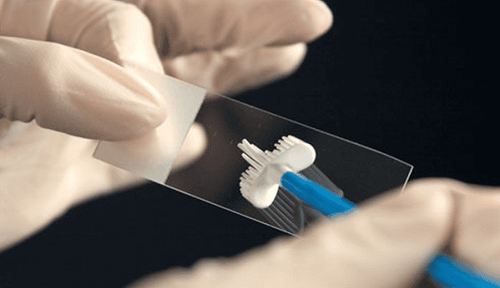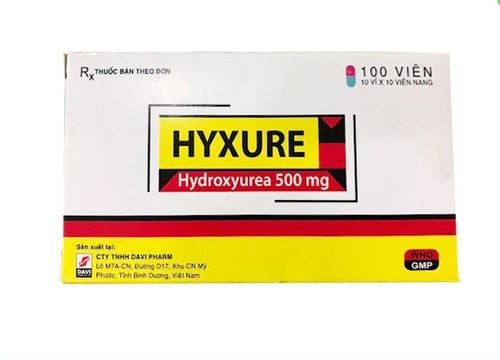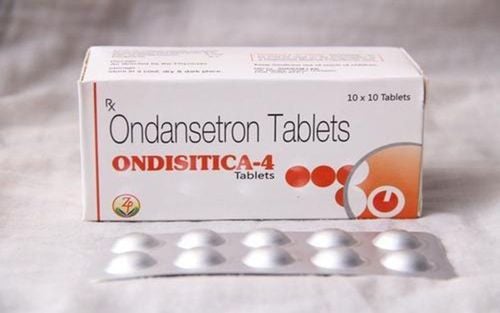This is an automatically translated article.
Article written by Master, Doctor Ha Thi Thu Hien - Pathologist - Laboratory Department - Vinmec Times City International Hospital.
Cervical cancer screening, that is, the work of screening groups of people at high risk of cervical cancer to conduct further investigations, in order to detect early and effectively treat stage cancer. early or precancerous lesions.
1. What is a Papsmear test?
The PAP (papsmear) test, also known as a vaginal smear, was invented by the Greek doctor Nicolas George Papanicolaou in the 20s and has been widely applied in the world since the 1950s. previous century. This is a simple, inexpensive, non-invasive test that can be done on a large scale, easy to apply, and these are also the advantages required of a tool used in disease screening.
The test aims to collect cells from the cervix to look at the cell morphology and determine whether or not there are abnormal changes, potentially benign or malignant. Test sensitivity and specificity vary according to many conditions: quality of sample taken, quality of sample reader, quality of sample transportation, storage and handling.

Xét nghiệm PAP có nhiều ưu điểm trong sàng lọc ung thư cổ tử cung
2. Subjects performing cervical cancer screening
For cervical cancer screening, the time interval between screenings and the age at which screening begins and ends varies depending on which country the screener is in and the appropriate time period.
March 2012, related organizations and agencies in the United States, including the U.S. Preventive Services Task Force (USPSTF), American Cancer Society (ACS), American Society for Colposcopy and Cervical Pathology (ASCCP); The American Society for Clinical Pathology (ASCP) unanimously made the 2012 recommendations for cervical cancer screening as follows:
Cervical cancer screening should be started at age 21. Women under the age of 21 do not need to be screened. Women ages 21 to 29 should have a Pap test every 3 years. People in this age group do not need an HPV test unless an abnormal Pap test result is present. Women ages 30 to 65 should have a Pap test along with an HPV test (called a "dual test") every 5 years. Or have a separate Pap test every 3 years. Women over 65 years of age who have been routinely screened for cervical cancer with no abnormal results for 10 years do not need to continue with cervical cancer screening. Women over age 65 with a history of CIN2, CIN3, or carcinoma in situ should continue to be screened regularly for at least 20 years after diagnosis. Women who have had their uterus and cervix removed (total hysterectomy) for reasons unrelated to cervical cancer and no history of cervical cancer or precancerous conditions In severe cases, testing is not necessary. All women who have been vaccinated against HPV should still have the screening tests recommended for their age group.
3. When to do the PAP . test
Should take the PAP test 2 weeks after the end of the last period Do not have sex within 48 hours before the test. Do not use vaginal medications, vaginal contraceptives, lubricating creams, vaginal douches 48 hours before the test.

Trước khi làm xét nghiệm không quan hệ tình dục tròng vòng 48h
4. Processing and analyzing results
Pap smears are stained with Papanicolou according to international standards, ensuring clear images and avoiding missing lesions. The results were analyzed according to the Bethesda classification system. Screening for early detection of cervical cancer with the Papsmear test is extremely important, providing a higher chance of treatment for patients, detecting abnormalities in the structure and activity of cervical cells. uterus. From there, shows the risk of cancer in the future. Screening for these abnormal cells is the first step in stopping the possible development of cervical cancer.
In order to further improve the quality of diagnosis and treatment, Vinmec International General Hospital has applied the ThinPrep Pap Test for early detection of cervical cancer, this new method is currently being widely used in Vietnam. America, Europe. ThinPrep Pap Test has created a turning point compared to the traditional Pap smear method, through membrane controlled cell transfer technology, which increases the sensitivity and specificity in detecting precancerous cells. , especially glandular epithelial cells, a type of cancer cell that is difficult to detect.
For advice and to book an appointment, you can contact the Vinmec International General Hospital's clinic system nationwide HERE.














